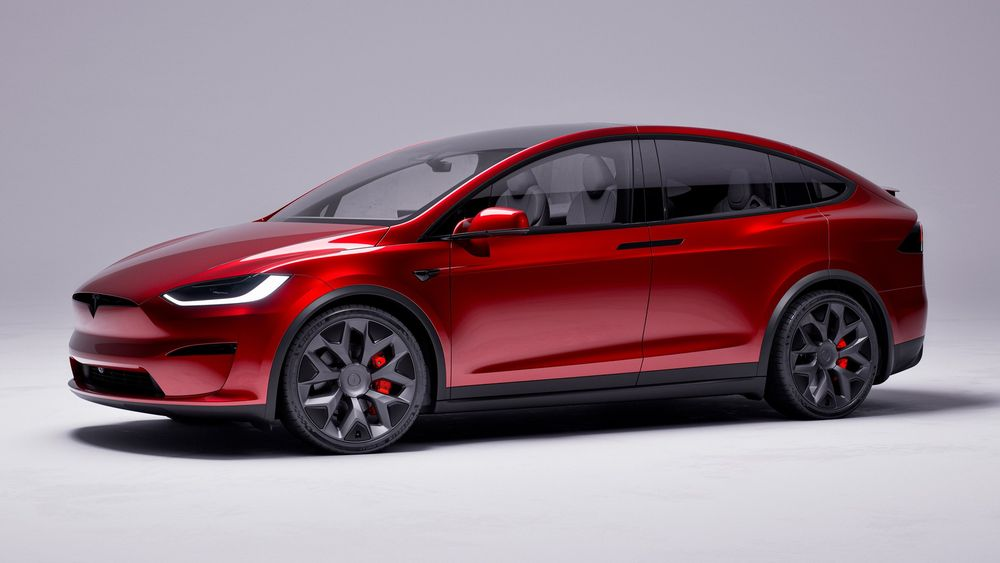In recent years, the electric vehicle (EV) landscape has been transformed by groundbreaking innovations. Among these, Tesla’s 4680 battery cells stand out as a game-changer, set to revolutionize EV performance. Introduced at Tesla’s Battery Day in 2020, these cells promise to enhance range, reduce costs, and improve sustainability. But what makes the 4680 battery cells so transformative? In this article, we’ll explore how these innovative batteries are reshaping the future of electric mobility.
The Power of the 4680 Battery Cell
Tesla’s 4680 battery cells are aptly named for their dimensions: 46 millimeters in diameter and 80 millimeters in height. This new form factor is a departure from the previous 2170 cells and offers significant advantages.
Enhanced Energy Density and Range
- Increased Energy Capacity: The 4680 cells boast a fivefold increase in energy capacity compared to their predecessors. This means more power storage and, subsequently, longer driving ranges for EVs.
-
Longer Range: Tesla claims that vehicles equipped with these cells can achieve a range increase of up to 16%. This is a substantial improvement, considering the Model S Long Range already covers over 400 miles on a single charge.
-
Reduced Weight: The larger format reduces the number of cells needed, thus lowering the overall weight of the battery pack. Less weight translates to better efficiency and performance.
Cost-Effective Production
-
Simplified Manufacturing: By integrating fewer cells into the battery pack, Tesla has streamlined the manufacturing process. This simplification reduces production time and cost.
-
Affordable EVs: The reduction in cost is pivotal in making EVs more accessible. Tesla aims to offer a $25,000 electric car within the next few years, thanks partly to these advancements.
Sustainability and Environmental Impact
-
Cobalt-Free Cells: Tesla’s 4680 cells are designed to be cobalt-free, addressing ethical and environmental concerns associated with cobalt mining.
-
Recycling and Reusability: Enhanced recyclability of these cells supports Tesla’s vision for a closed-loop battery supply chain, minimizing waste and promoting sustainability.
The Impact on Tesla’s EV Lineup
Model Y and Beyond
The first vehicles to incorporate the 4680 cells are expected to be the Model Y, manufactured at Tesla’s Berlin Gigafactory. The integration of these cells into the Model Y will serve as a crucial test for broader adoption across Tesla’s lineup.
- Performance Boost: The new cells are expected to deliver a noticeable performance boost in terms of acceleration and handling.
-
Market Expansion: With reduced production costs, Tesla can target a broader market, further accelerating the transition to sustainable transport.
Comparisons with Competitors
While Tesla leads the charge with its 4680 cells, other manufacturers are not far behind. Companies like Rivian, Lucid Motors, and Volkswagen are also investing heavily in battery technology to enhance their EV offerings.
- Rivian and Lucid Motors: Both are focusing on high-performance and luxury markets, emphasizing range and efficiency in their batteries.
-
Volkswagen: Their “Power Day” event highlighted plans to cut battery costs by 50% and develop solid-state batteries.
Charging Infrastructure and Compatibility
-
Faster Charging: The 4680 cells support faster charging rates, reducing downtime and making EVs more convenient for road trips.
-
Infrastructure Expansion: Tesla’s Supercharger network continues to grow, ensuring that charging remains seamless and accessible.
Practical Tips for EV Enthusiasts
Maximizing Battery Life
-
Regular Charging: Avoid letting the battery drop below 20% frequently and try not to charge it above 80% unless necessary for long trips.
-
Temperature Management: Extreme temperatures can degrade battery life. Park your EV in shaded or temperature-controlled areas when possible.
Where to Buy Tesla’s 4680-Equipped Vehicles
-
Tesla’s Official Website: Keep an eye on Tesla’s website for announcements about the availability of vehicles with 4680 cells.
-
Authorized Dealers: Check with authorized Tesla dealers for updates on models and configurations.
What to Compare
-
Range and Efficiency: Compare the range improvements and energy efficiency of vehicles with 4680 cells to their predecessors.
-
Cost and Value: Consider the cost savings from reduced energy consumption and maintenance.
Conclusion: The Future of EVs with 4680 Cells
Tesla’s 4680 battery cells represent a significant leap forward in EV technology. By enhancing range, reducing costs, and promoting sustainability, these cells are setting new standards for the industry. As Tesla continues to innovate, the ripple effects will likely inspire further advancements from other automakers, leading to more affordable and efficient electric vehicles for all.
Are you excited about the potential of Tesla’s 4680 battery cells? Share your thoughts in the comments below, and stay tuned for more updates on how these innovations are shaping the future of clean energy transportation. With the rapid pace of technological advancement, the next few years promise to be an exhilarating ride for EV enthusiasts and environmental advocates alike.

